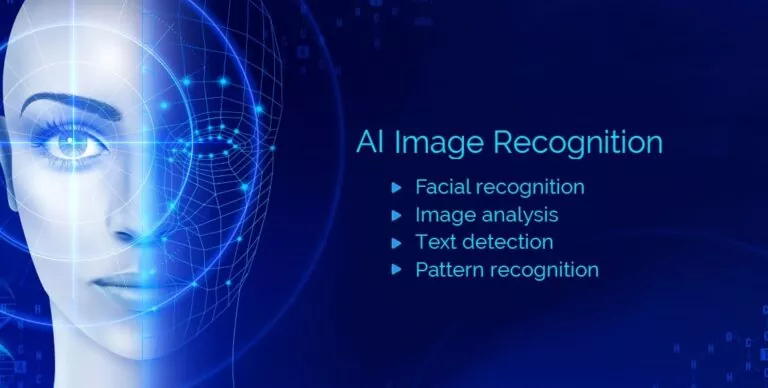According to Markets Research, the image recognition market size in the retail industry is projected to reach USD 38.9 billion by 2021. The same report reveals that the image recognition market size is projected to grow at a CAGR of 19.5% from 2016 to 2021.
What is Image Recognition?
Image recognition is another emerging technology trend that is gaining huge momentum for a couple of years. It is completely different from the image processing. The former, i.e. image recognition makes the software identify places, objects, actions, people, and other elements in an image. On the contrary, image processing converts an image into digital form to perform various operations to fetch information from it.
“In simple words, image recognition is one of the stages of image processing. In context with machine learning development and artificial intelligence solutions, image recognition identifies an object in an image to make machines smarter.”
Image classification is another name for this technique. Facial recognition, visual search, creating a city guide, and content moderation are some of the applications of image recognition.
How Does Image Recognition Work?
Image recognition finds its application in the eCommerce (for search and advertising), gaming (to offer real-time experiences), automotive (in driverless vehicles), and various other industries. To know more about AI image recognition open-source or how to build software that serves this purpose, reach out to an ai development company. The process of recognizing an image includes the following stages:

Collecting Data
Image recognition attempts to imitate the process by which human eyes perceive an image and the brain processes it to store in the memory. In the case of this machine learning-based technology, a computer system acts as human eyes and recognizes the image either as a vector or raster. The former is a collection of colour-annotated polygons, while the latter is the sequence of pixels that includes numerical values for those colours.
For image analysis, the geometric encoding is converted into constructs, which reflects the physical features and other elements in an image. The computer then reads the constructs and proceeds to classification/categorization and feature extraction. Classification is performed to simplify the image and extract the required information from it.
Model Building
The first step in building a predictive model, the classification algorithm provides a class label by taking the vector feature as input. To train the classification algorithm to serve this purpose, it needs to be fed with several images of the image required to be identified as well as other images.
Now, the next step involves a neural network, which includes both hardware and software. The system works exactly as a human brain to figure out functions based on a vast amount of unknown inputs. The network includes a group of nodes that are interconnected.
These nodes carry information about the objects it sees and the instructions that were programmed manually or trained by the network itself to perform on the object. The neural network needs one learning algorithm to offer the desired output.
Image Recognition
Data collection and predictive model building mean half of the job is done. The next step is to recognize an image by organizing both training and test data. The former is entirely different from the latter. The data without any duplicate or near-duplicates is then provided to the model as an input to identify images.
The process looks into the database to find out the required image or the ones that have pretty much similarity with it. For this purpose, a classifier is trained with the measurements needed to identify an image. The whole process completes within the blink of an eye.
AI Image Recognition- How The Technology Helps
Artificial Intelligence plays a significant role in image recognition. Here is how the technology assists image recognition to serve a variety of purposes:
Facial Recognition
AI advances image recognition to identify facial features from an image. The mapped features are then compared with the database stored to find a match. Facial recognition is primarily used for unlocking a device, such as smartphones, tablets, and more.
Besides this, it is also used by social networking websites to suggest the names of people in the photo you upload. We all have seen Facebook suggesting us to tag our friends when we upload a picture on this social media platform. It recognizes facial features and then searches to find and suggest a suitable match for Read More.
#artificial intelligence solutions #ai solutions development company #machine learning development company #ml development company #ai development company
